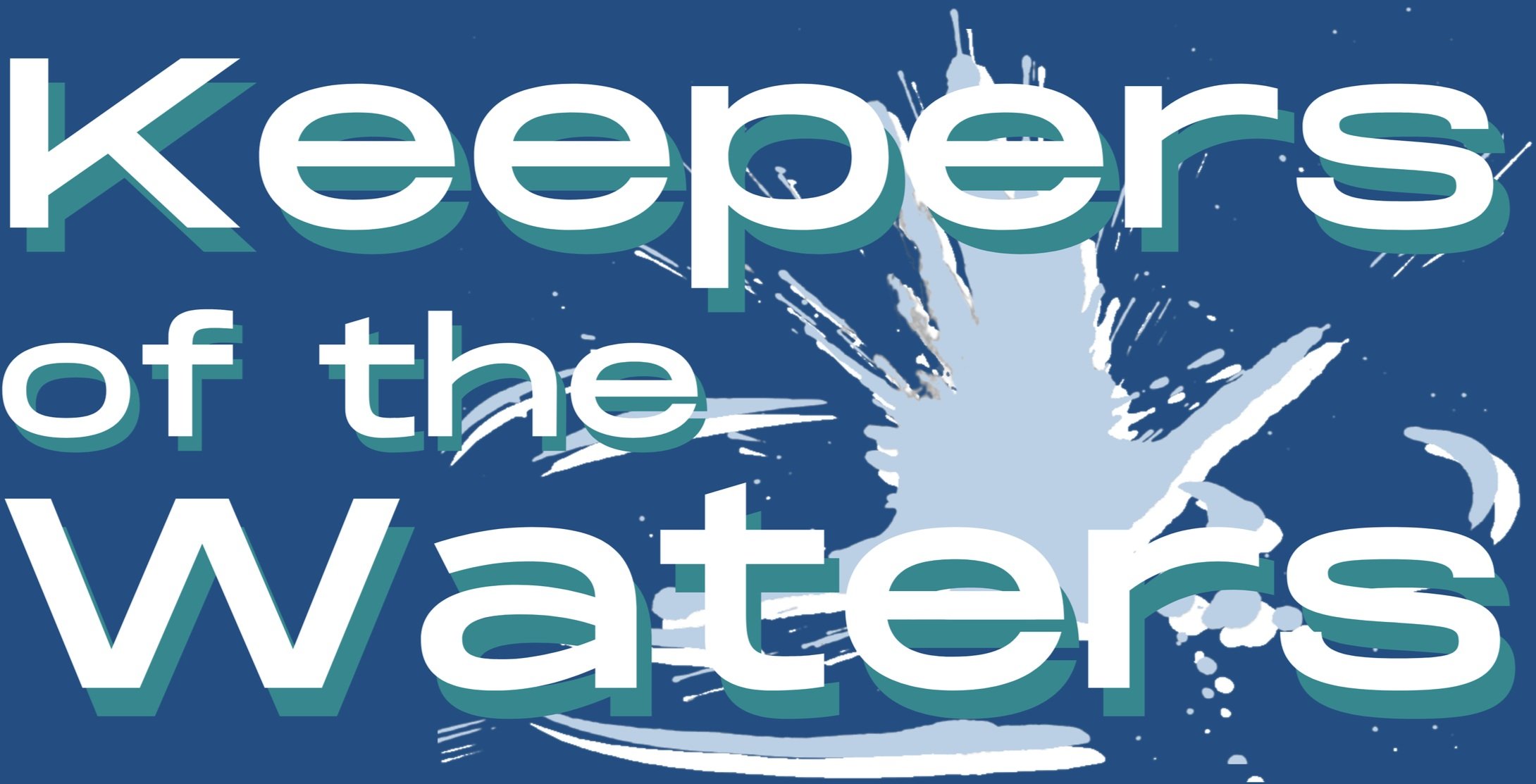Reconnecting Our Waters
Our connections with each other are intimately linked to our connection to water.
CONNECTED
ECOSYSTEMS INVITE DIVERSITY.
DIVERSITY ENHANCES RESILIENCE.
All waters are connected. This interconnectedness is biodynamic and often invisible, and extends far beyond the three stages of the water cycle. Floodplains connect to rivers, rivers to wetlands, wetlands to oceans—the health of an ecosystem is determined by its complexity. But much human development cuts water off from itself, traps water in pipes, and interferes with water's life-sustaining abilities.
Why does interconnectedness matter? Biodiversity requires it. Migratory species can't travel past dams or through pipes. Monocultures—human-caused one-species monopolies—spring up when ecosystems are cut off. They reduce resilience and are prone to disease. In a biodiverse ecosystem, species can better withstand human impacts.
We can preserve and restore water's interconnectedness by placing water as the foundation of planning and design. When possible, return water into ecosystems. Innovative structures like bioswales return runoff through plant life to purify it, prevent erosion, and provide urban habitat. Planners must respect the interconnectedness of water systems. Contrary to popular misconception, floodplains in their natural state actually prevent urban flooding. Last, take the step of finding out where your water drains to. This knowledge can help you spread understanding of our connection to our waters. Talk to your neighbors about reconnecting your water systems.
Change in Your Own Back Yard
Simple grass lawns are terrible for the world. Consider adding native plants and grasses to your yard to restore some complexity. I've added native species to my Brooklyn back yard, and every year I've noticed more and more species of birds and butterflies taking shelter from the urban environment in this little oasis.


